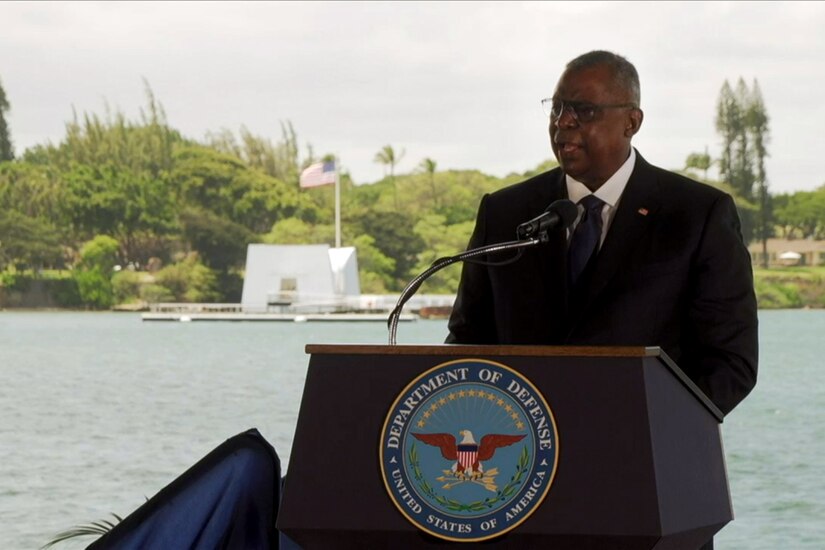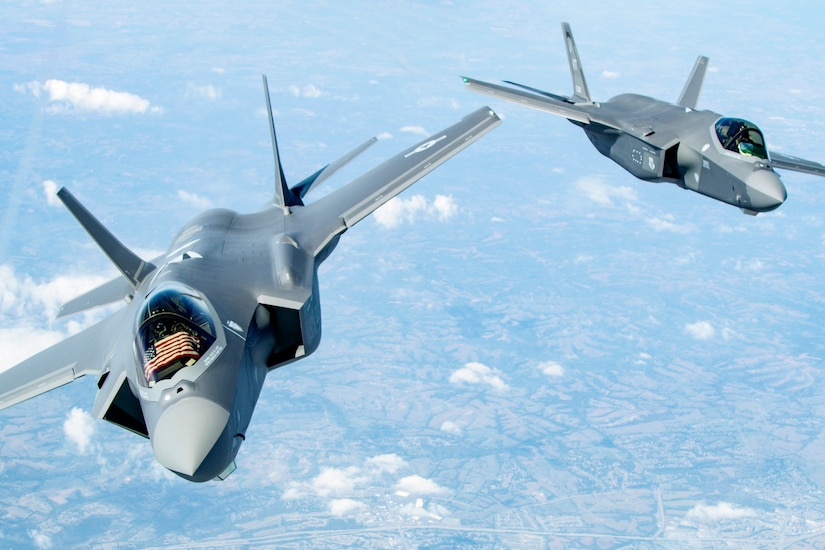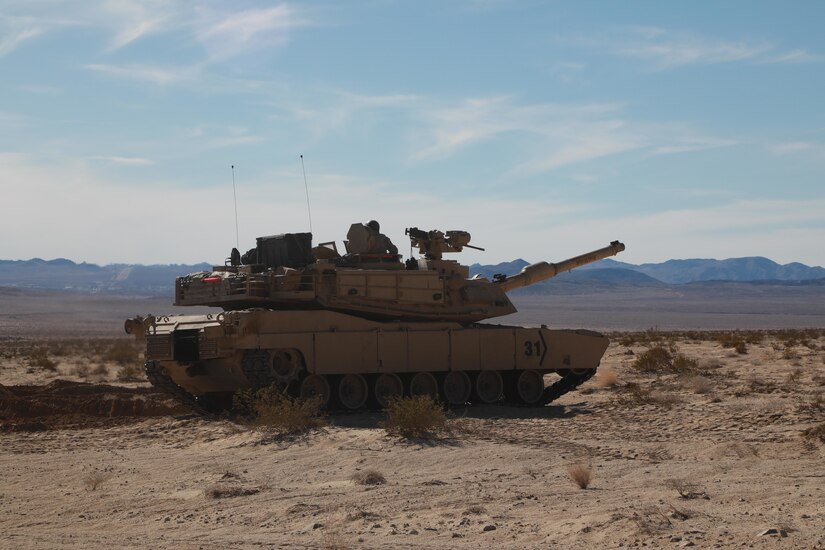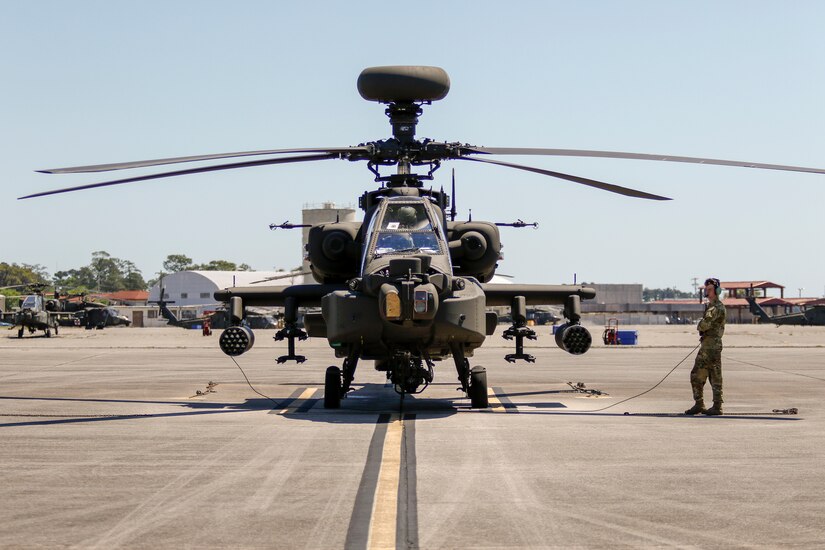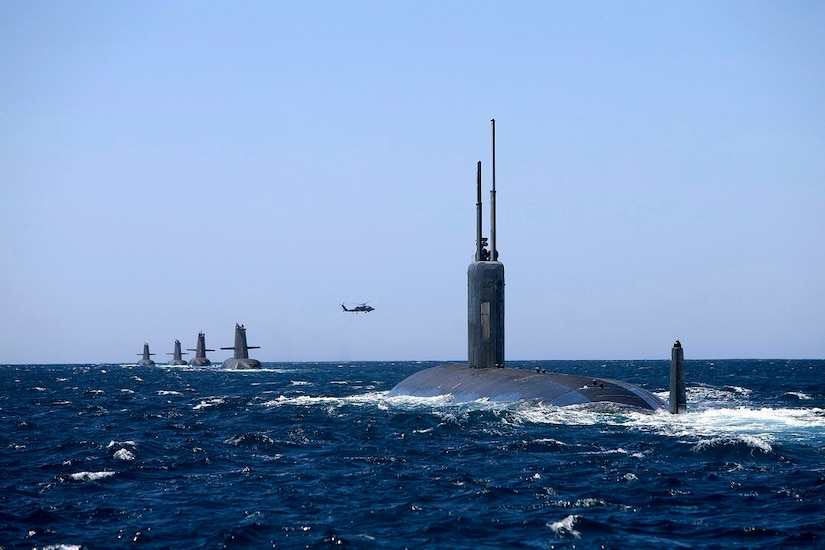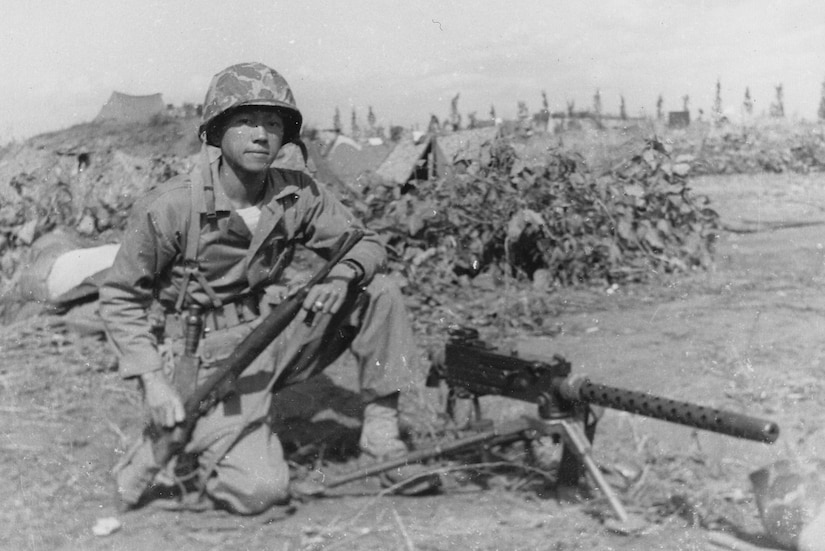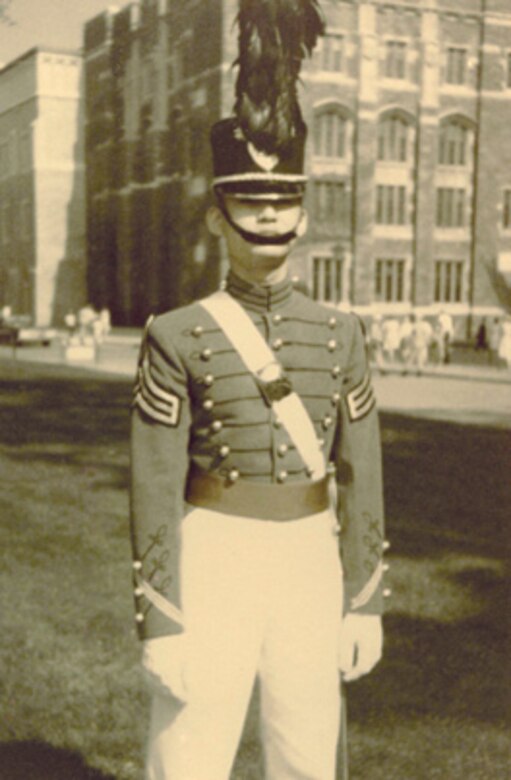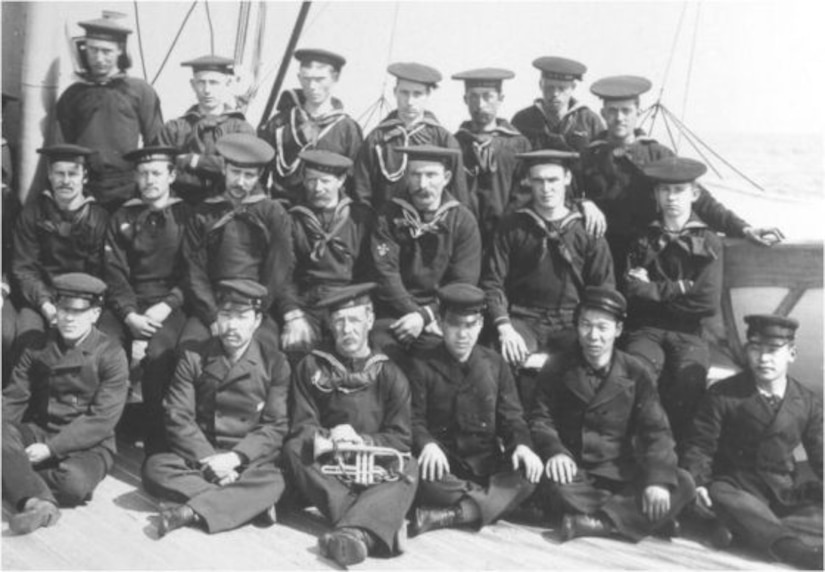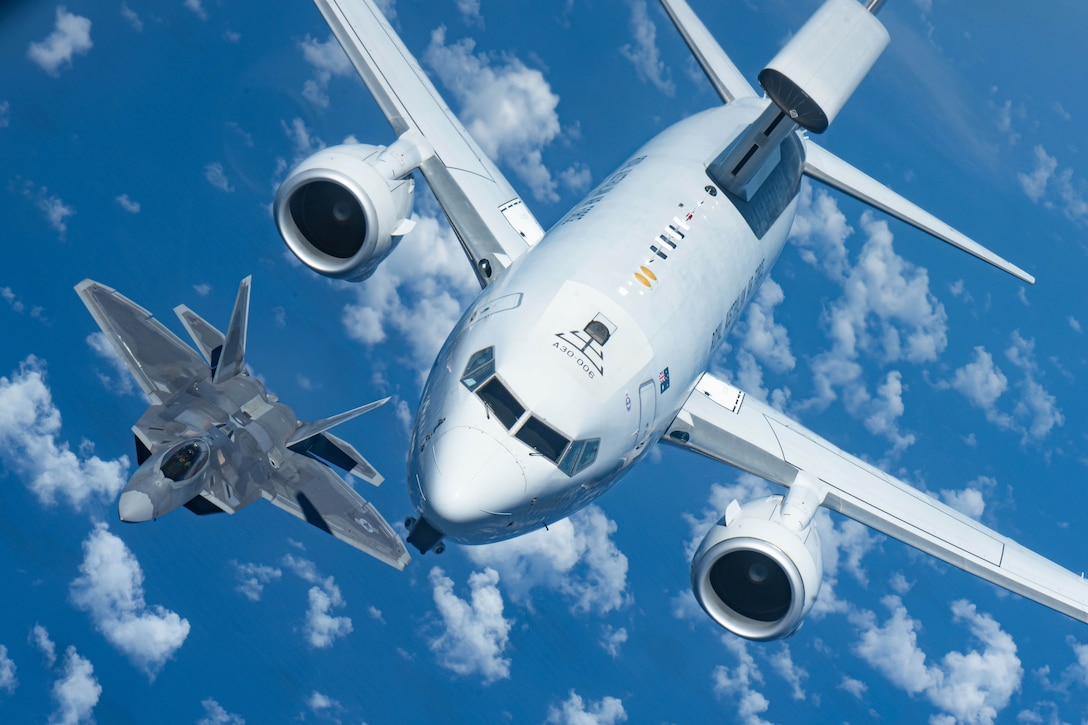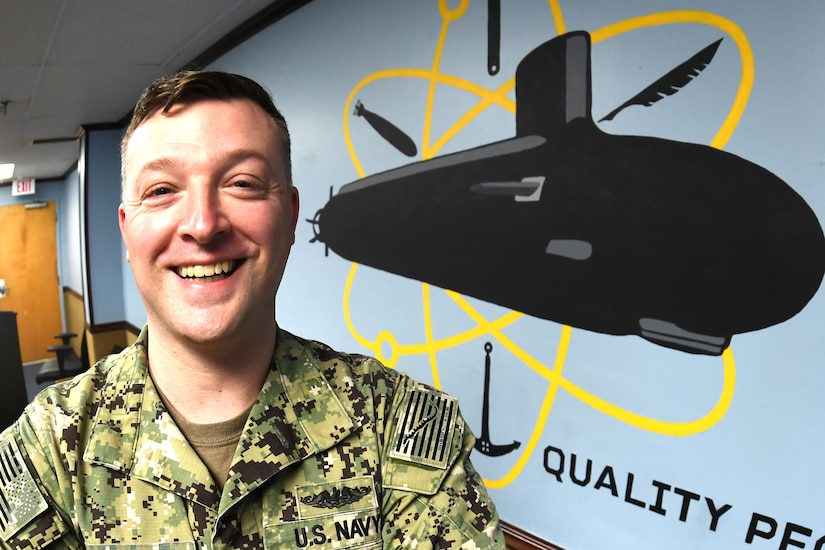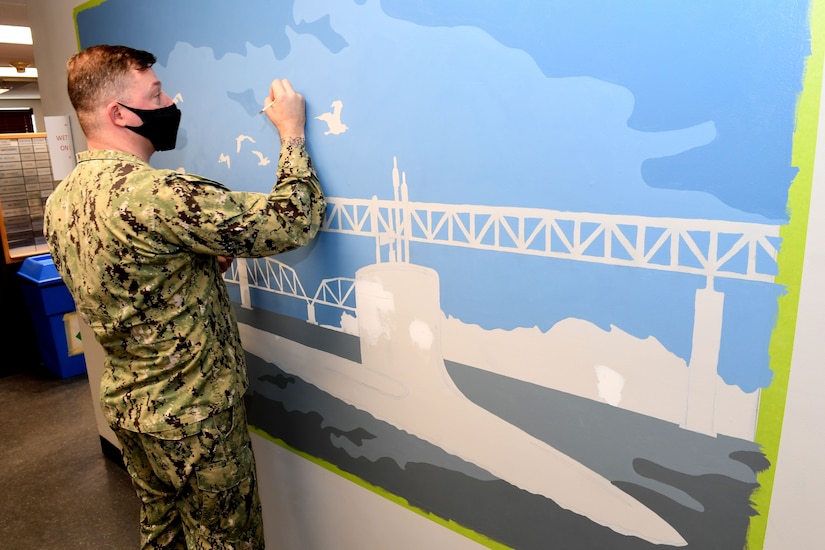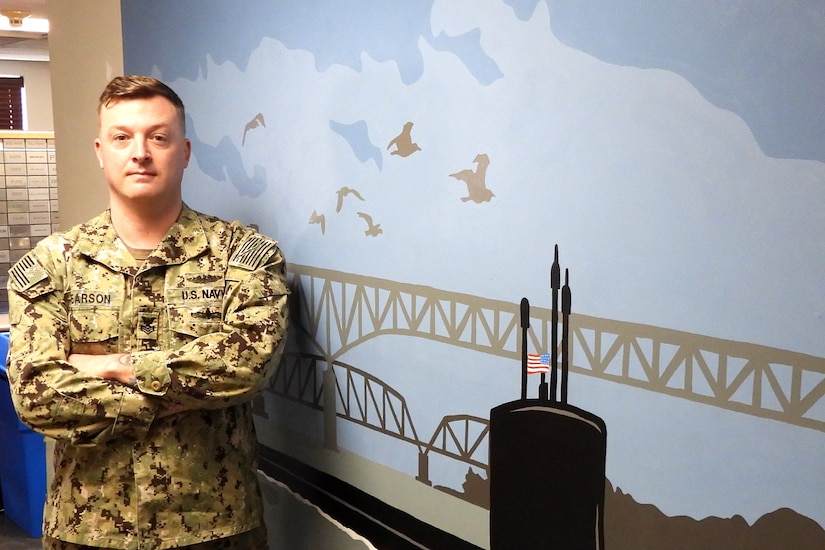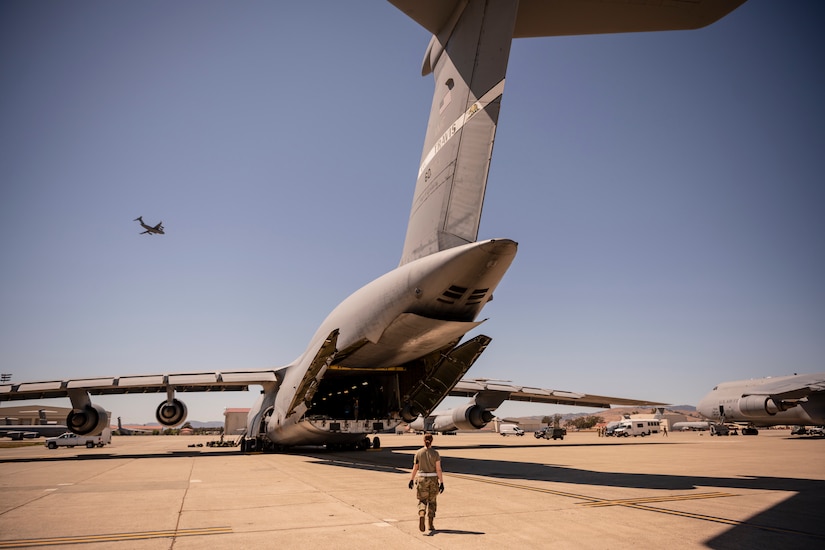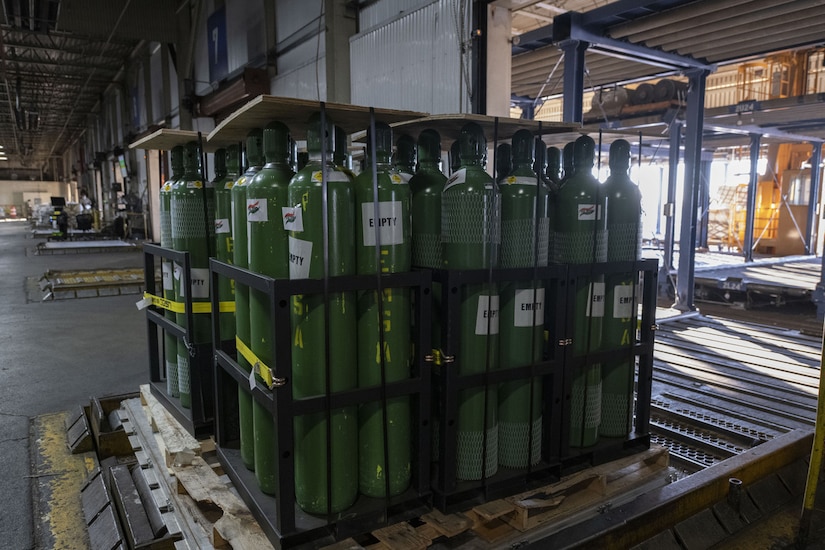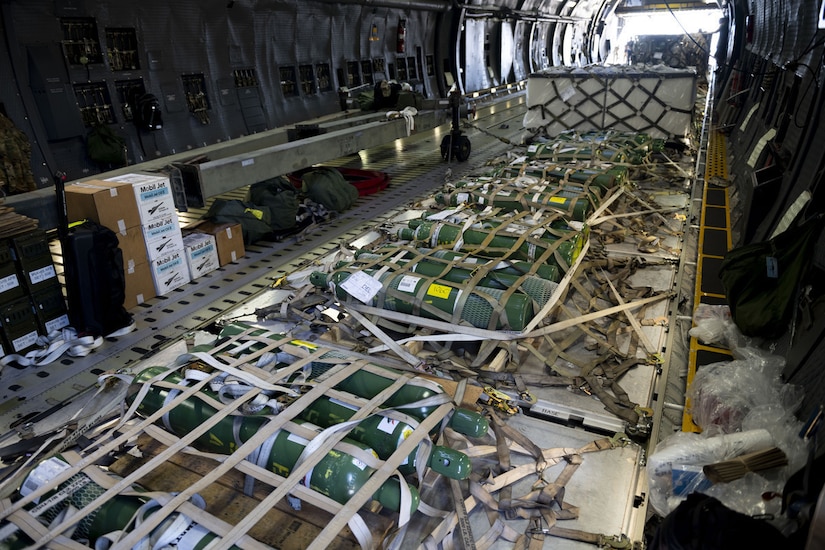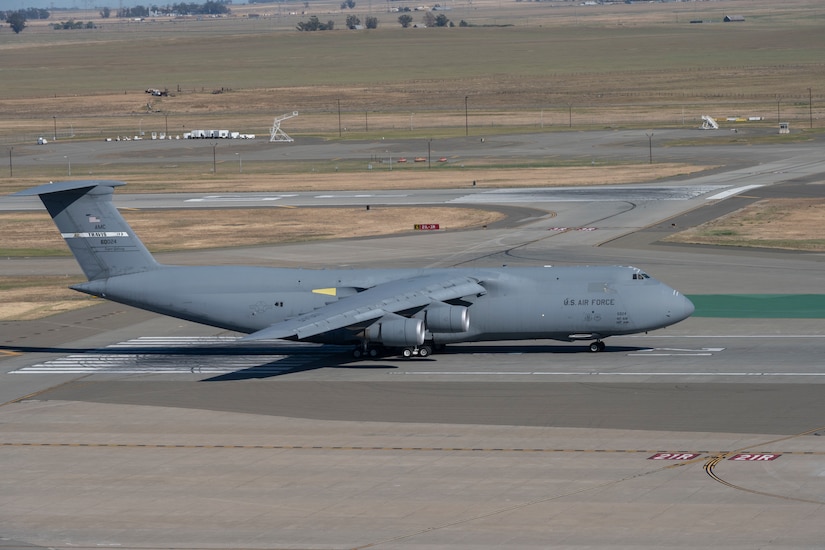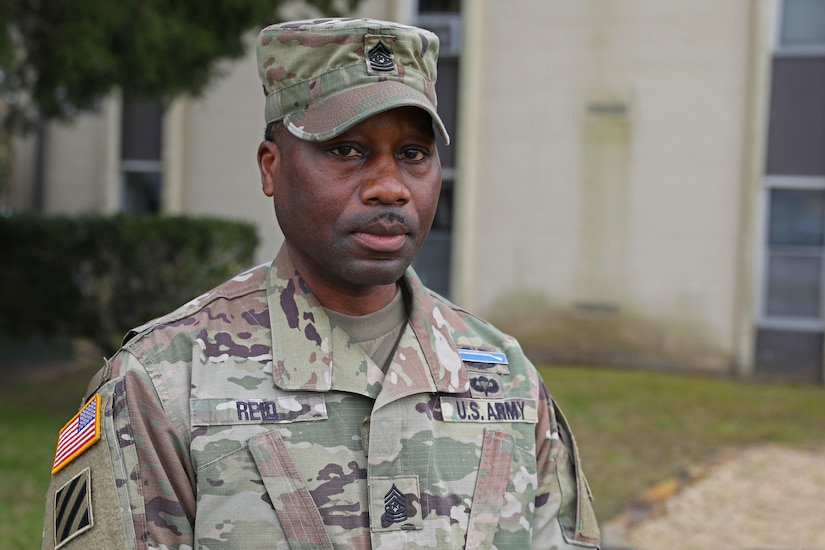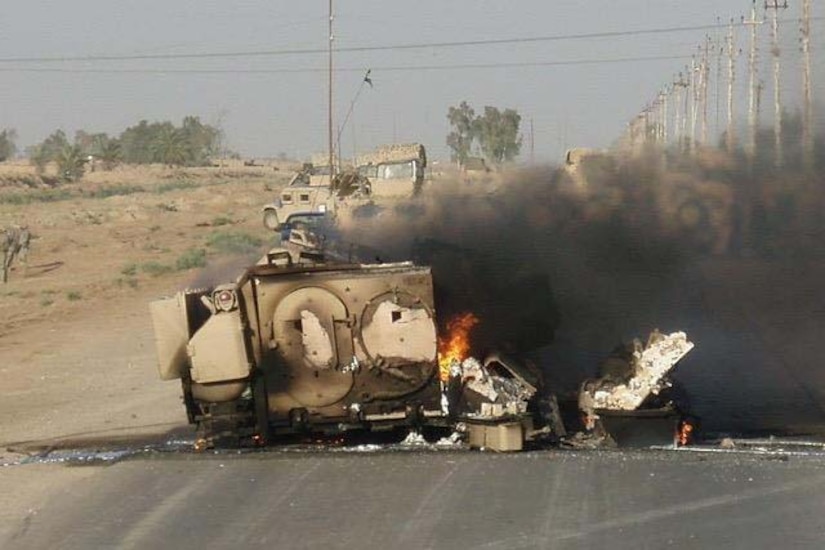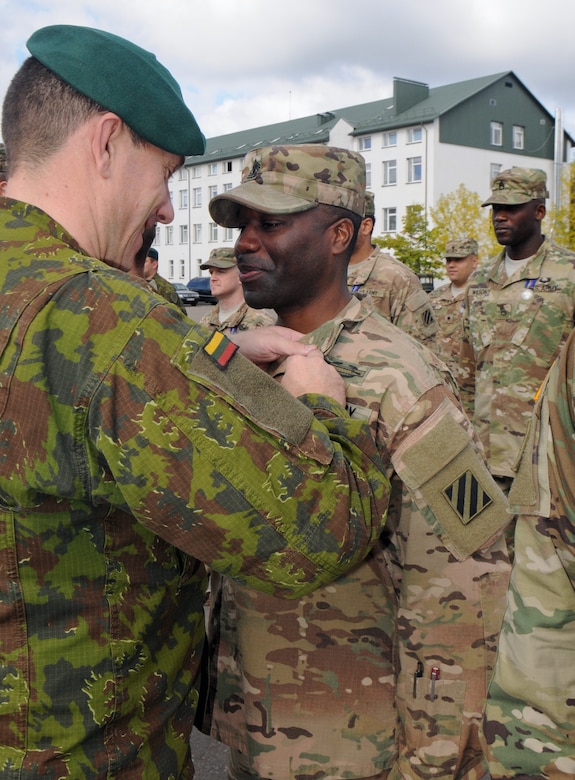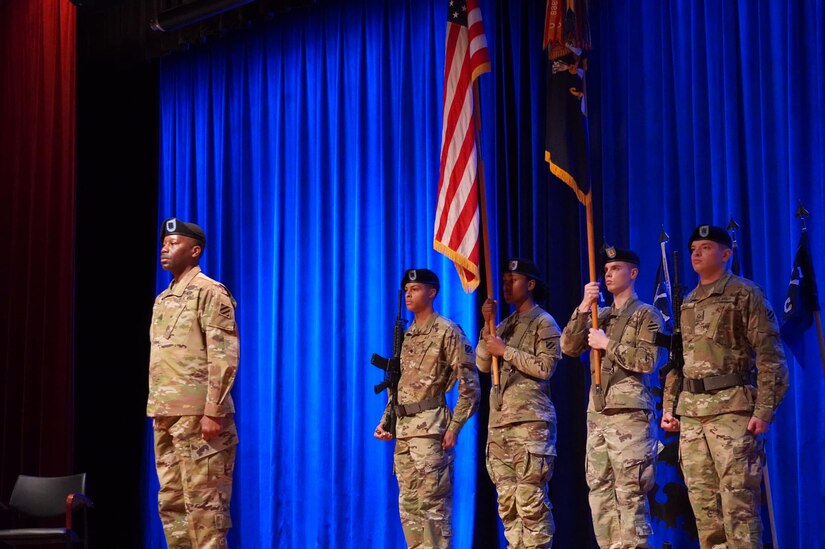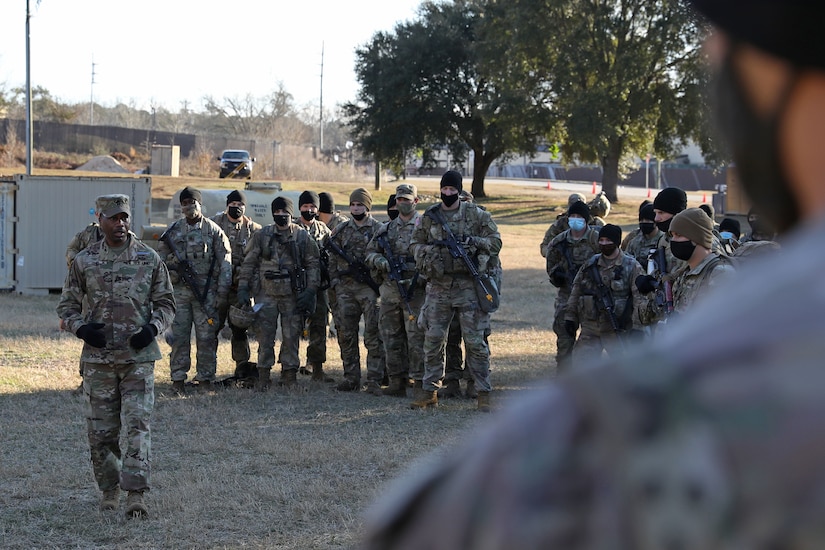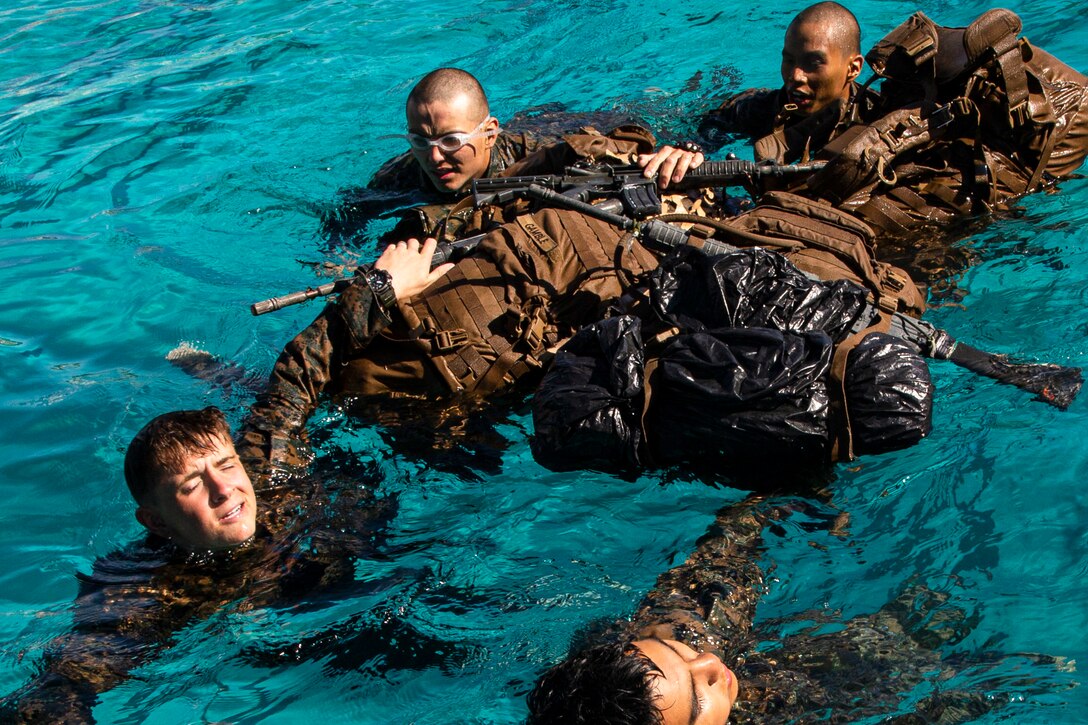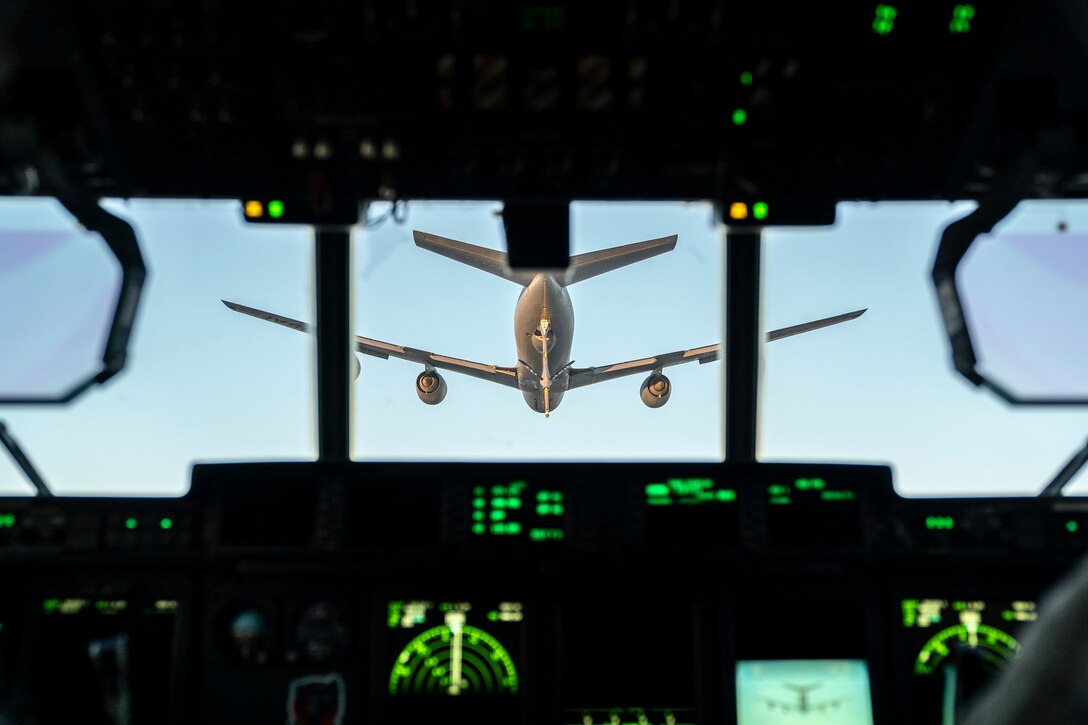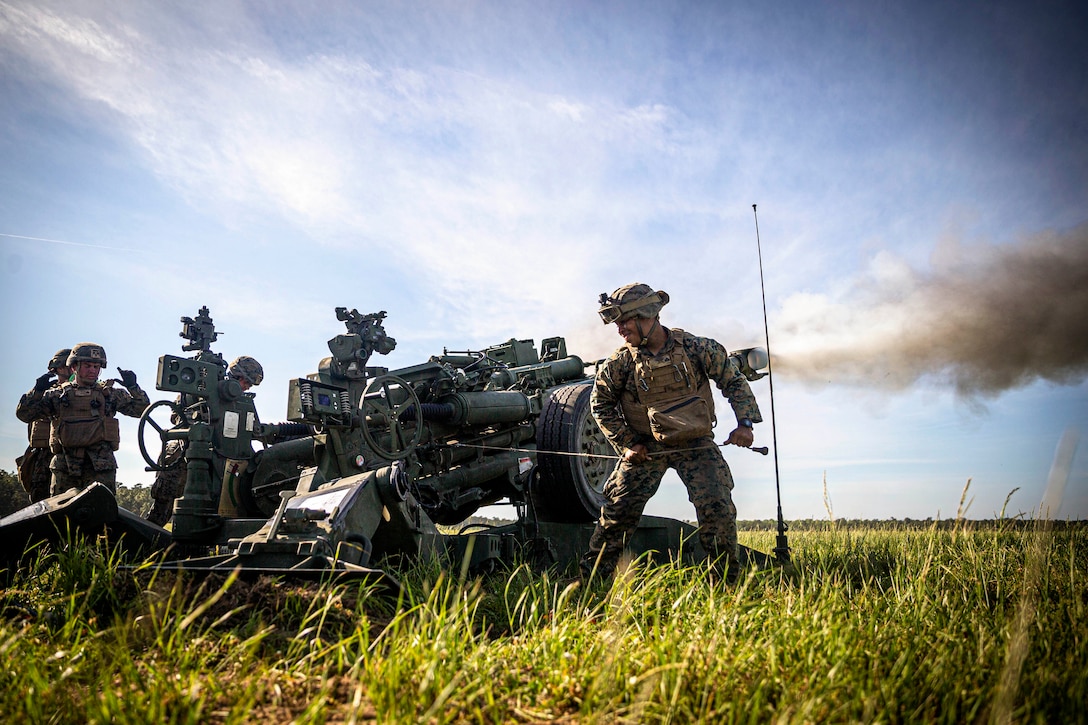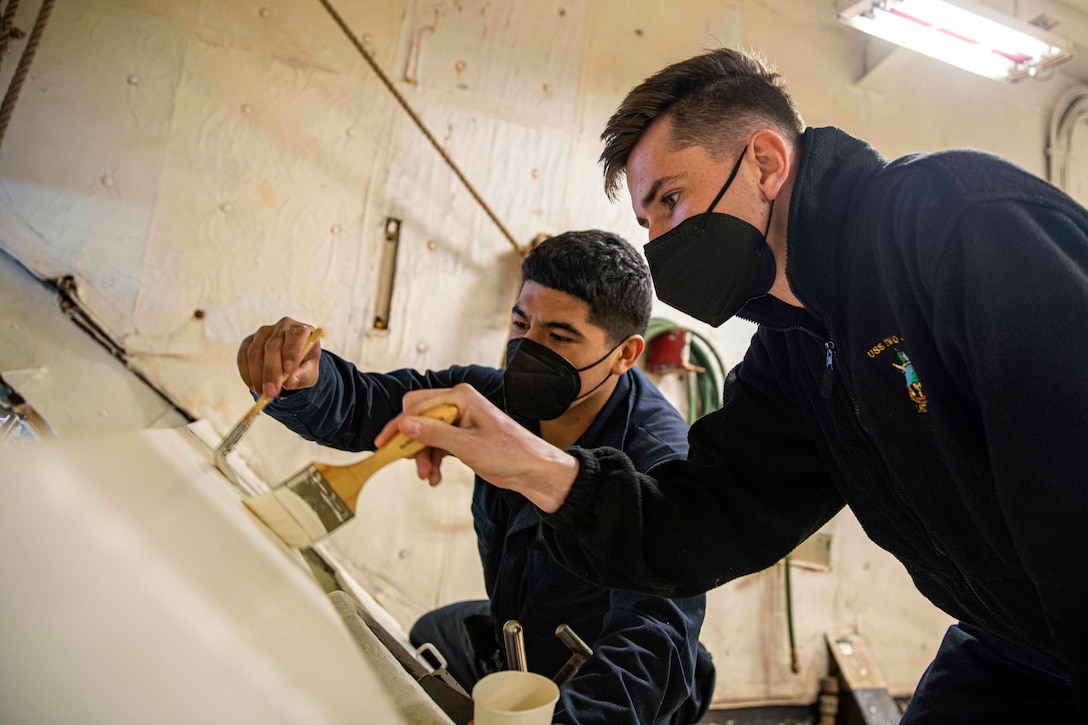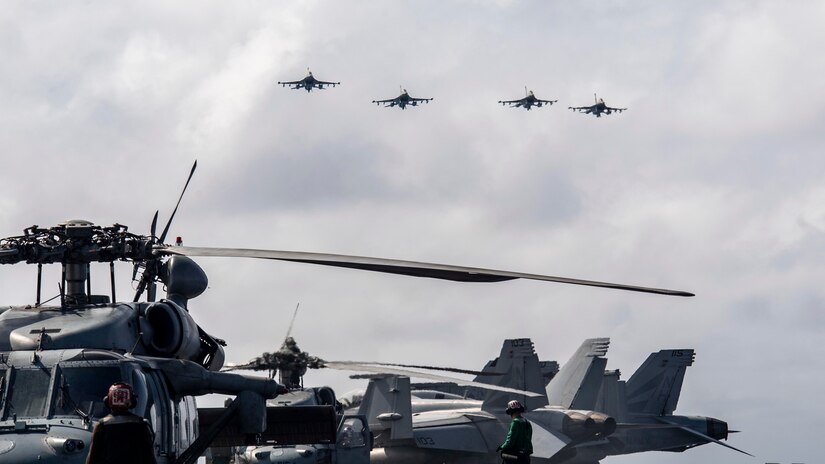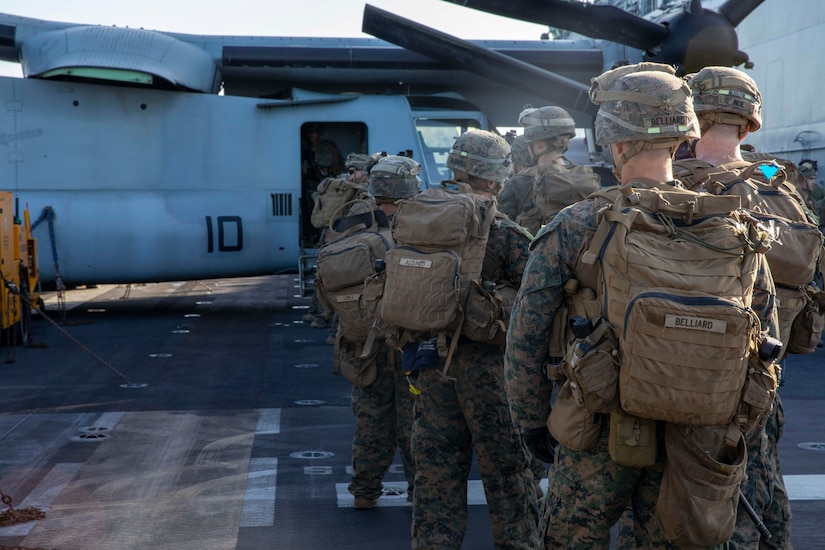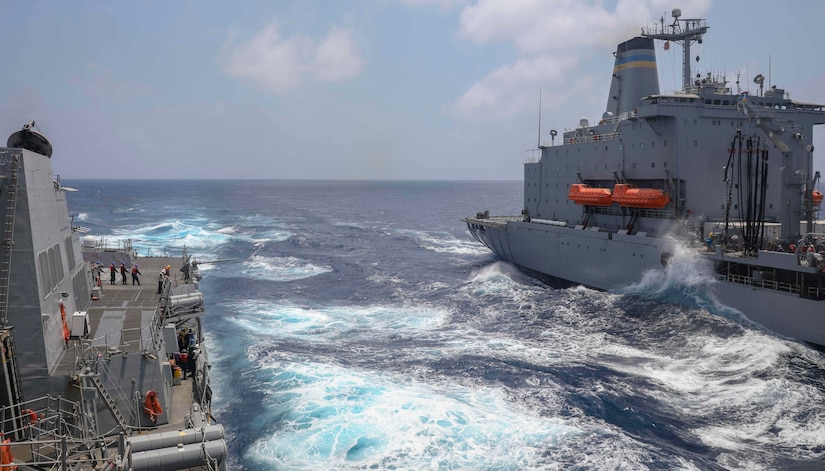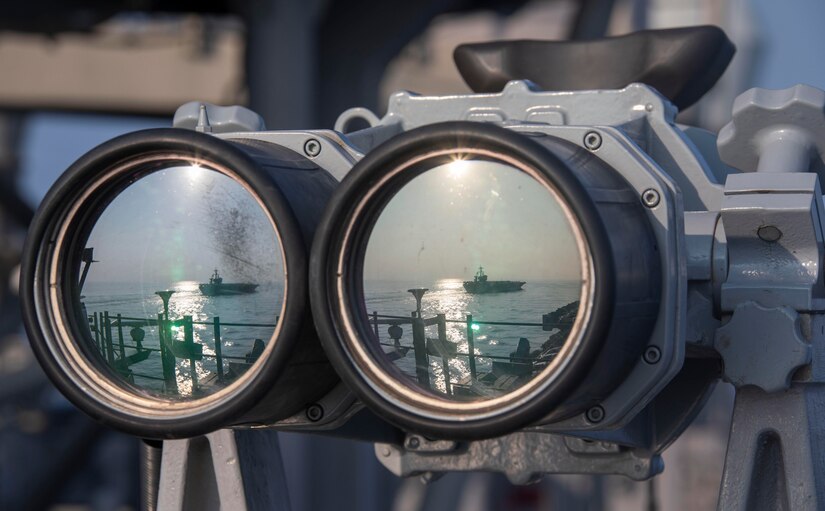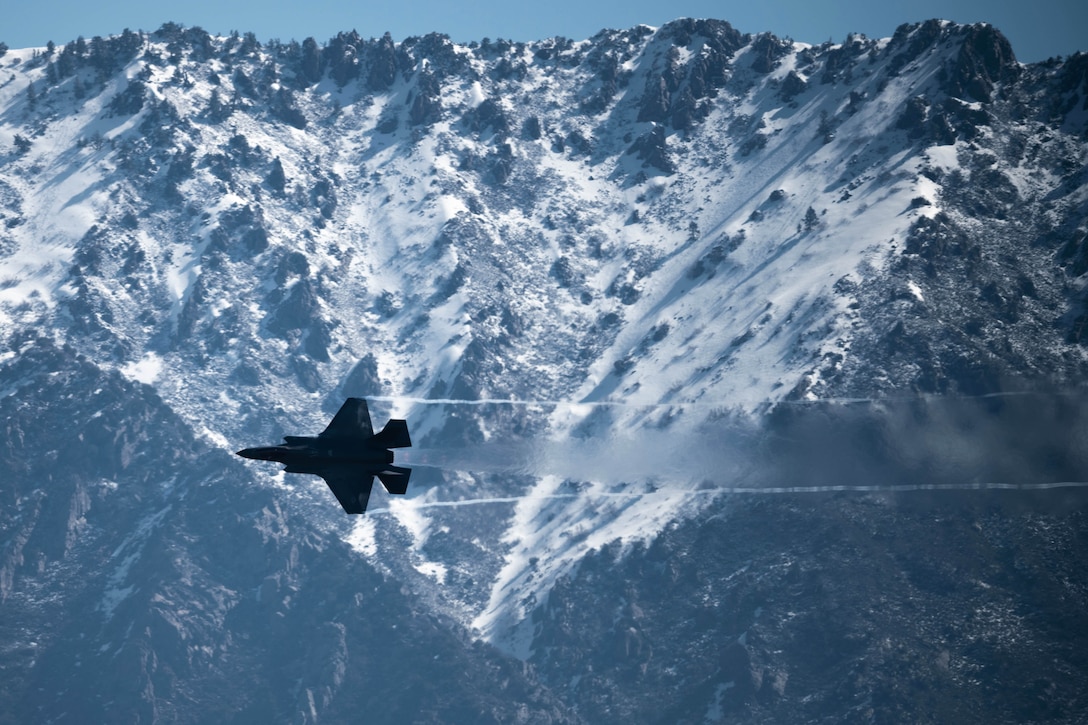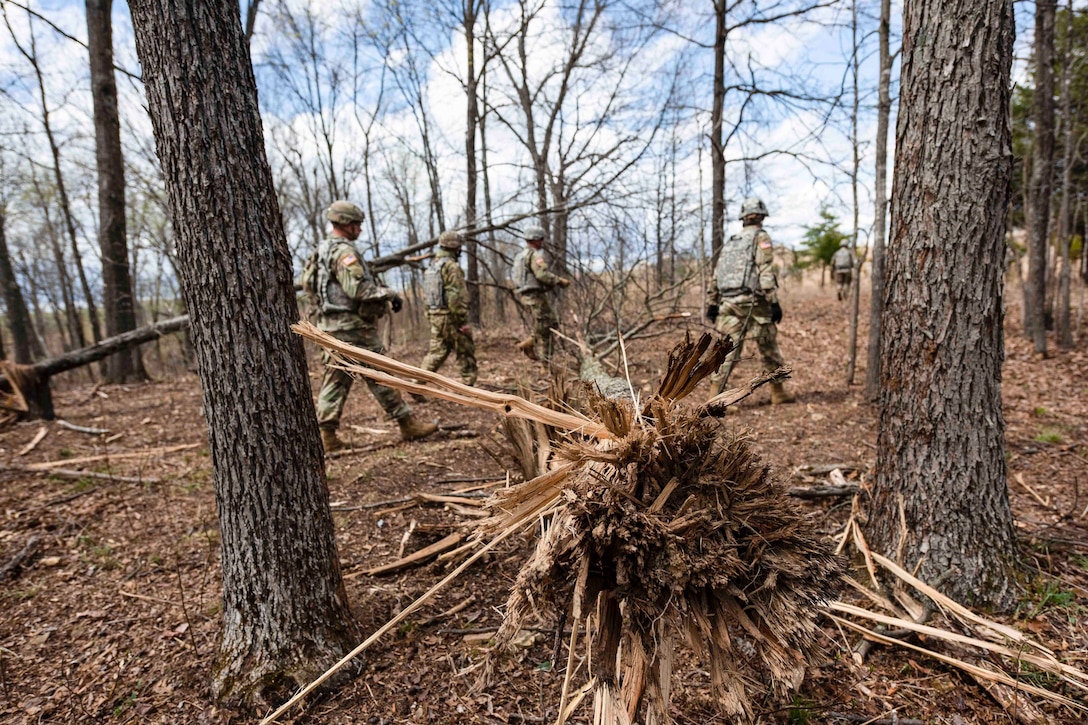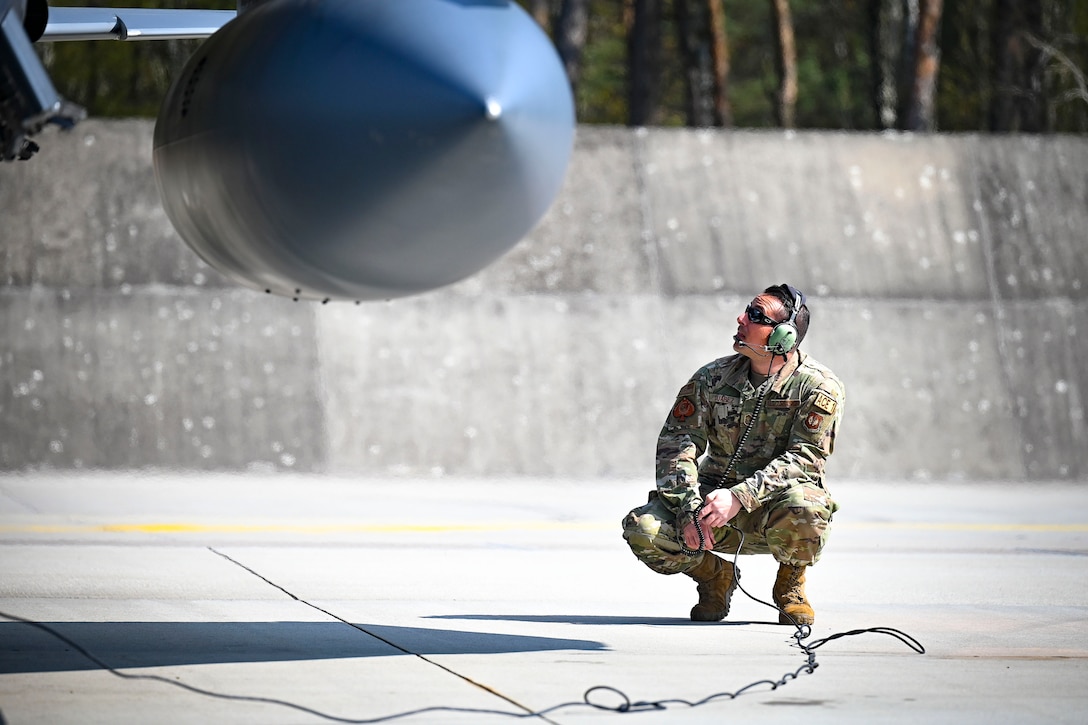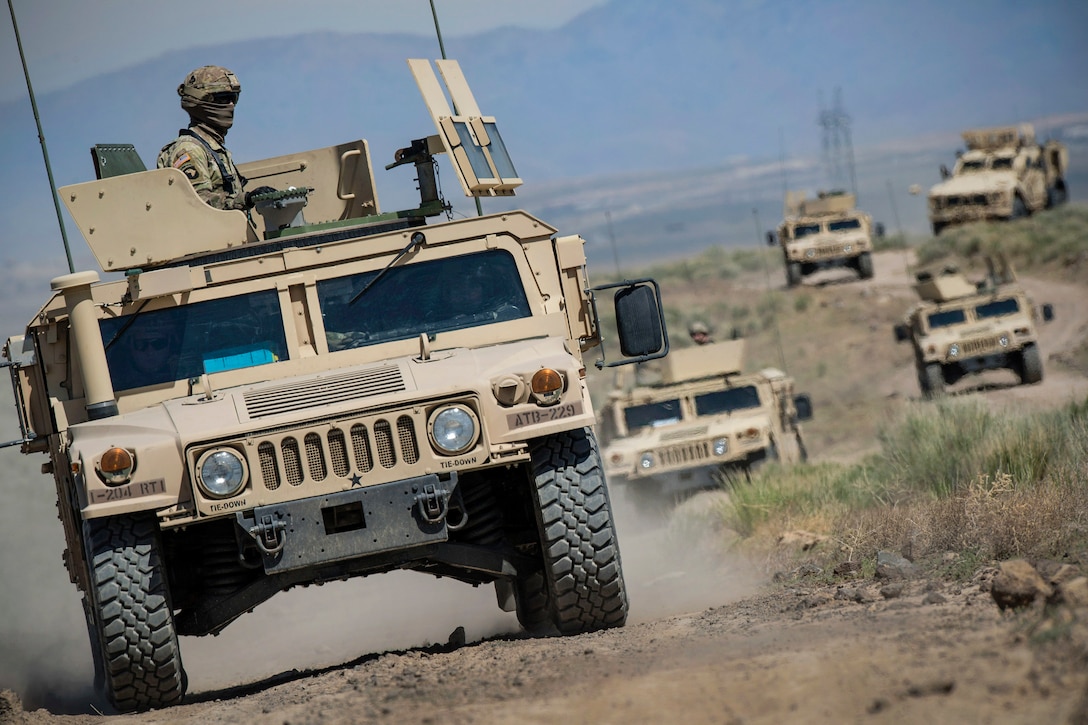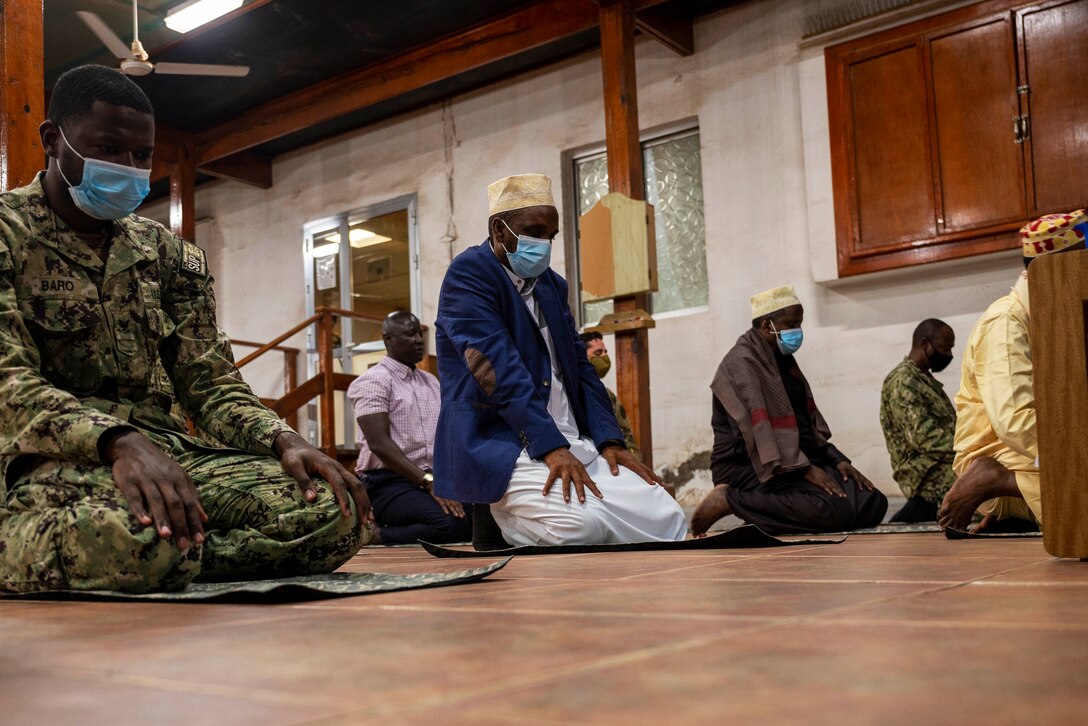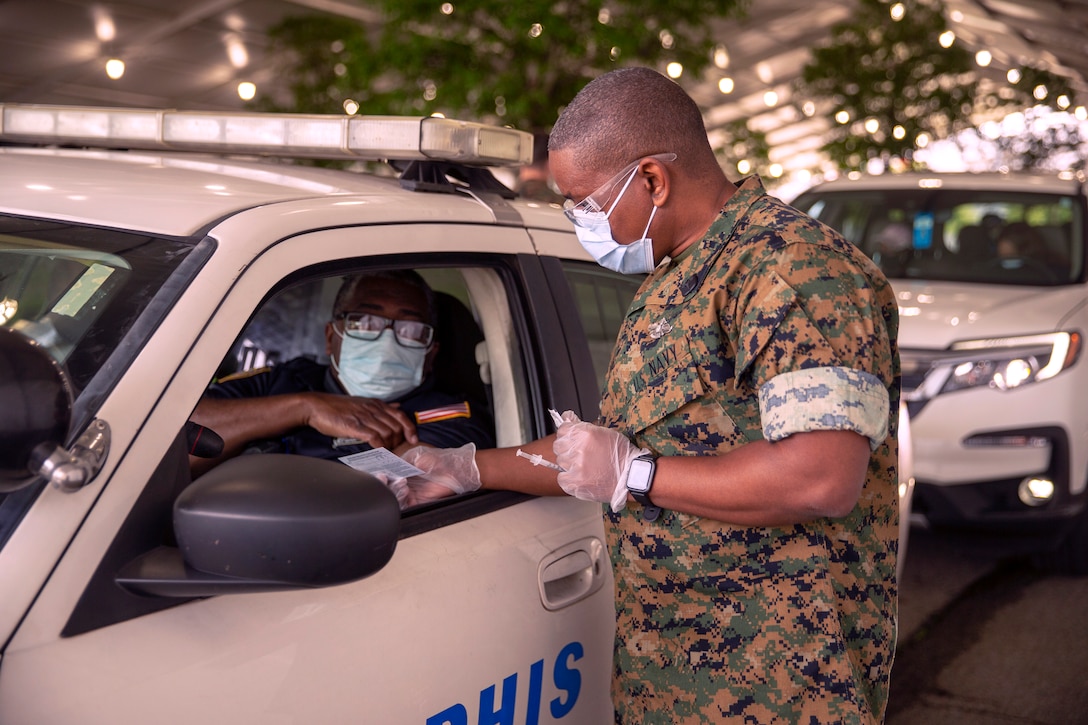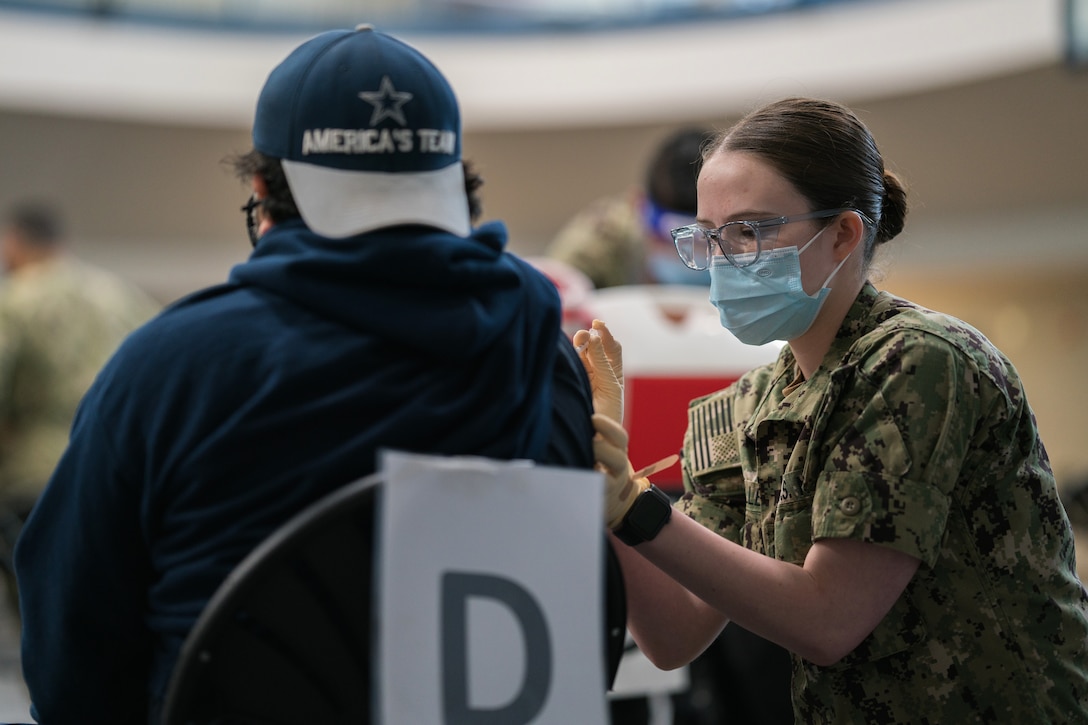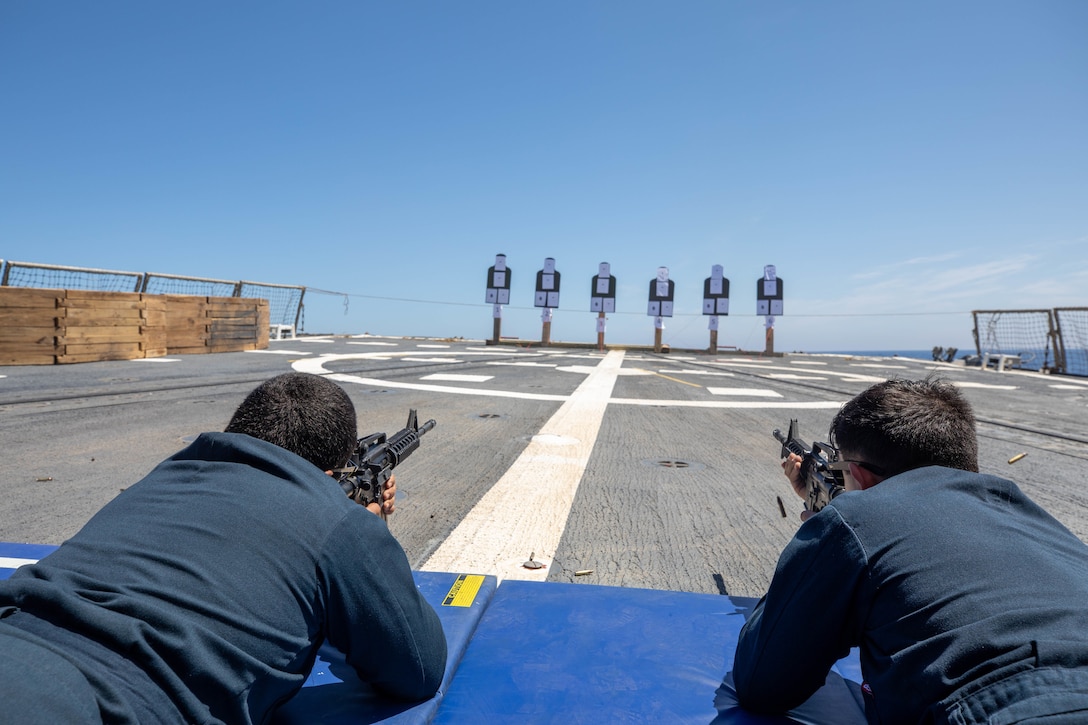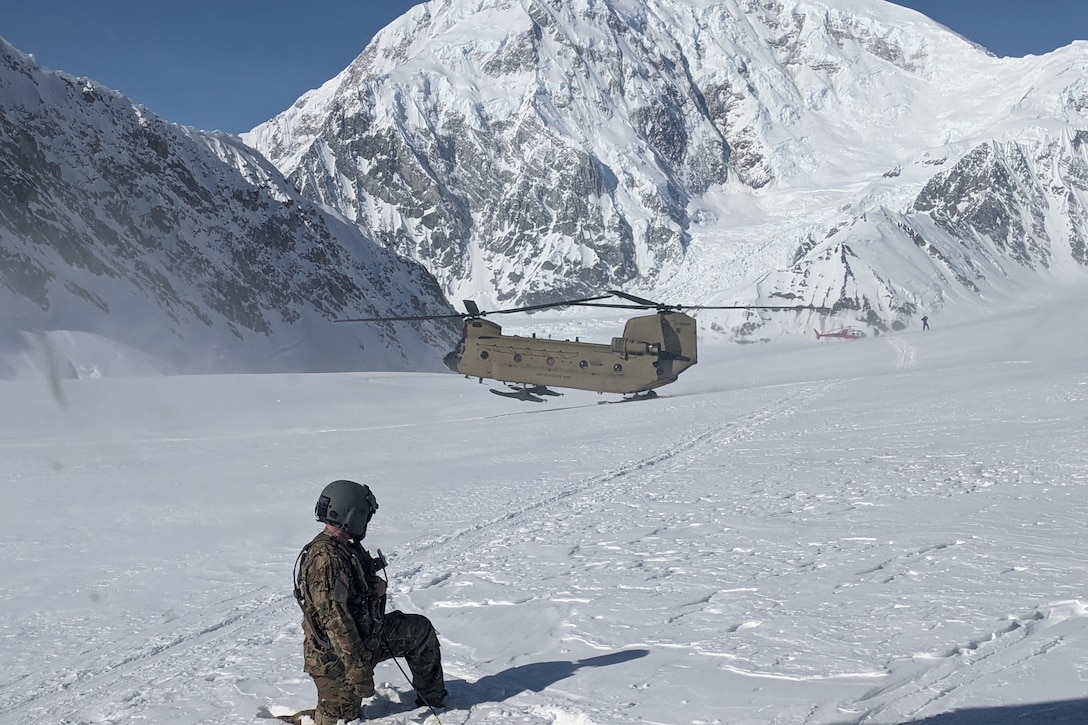Thank you, General Milley, and good afternoon, ladies and gentlemen.
It is a privilege to be here as we honor the leadership and the
distinguished career of Admiral Philip Davidson—and to welcome Admiral
Chris Aquilino as he takes the helm of Indo-Pacific Command.
First and foremost, I’d like to thank Admiral Davidson’s family: his wife Tracy, their son Ben, and their daughter Lara.
Tracy, as a military spouse, you’ve helped carry the tremendous responsibility placed upon our men and women in uniform.
And all three of you have helped shoulder enormous burdens so that your husband and father could focus on his mission.
You’ve been full partners alongside the Admiral, and the nation owes you a deep debt.
Thank you for your lifetime of support, sacrifice, and love.
I’m equally honored to welcome Admiral Aquilino’s family: his wife Laura and their daughters, Lisa and Jessica.
We are profoundly grateful to you for standing alongside him
throughout his service—and I should warn you, it’s about to get busier.
So let me offer you a big advance down-payment of thanks from the
Department for the support he’s going to need in these next few big
years.
I’m also delighted to welcome our many distinguished visitors: our
senior leaders, distinguished representatives of our allies and partners
from across the Indo-Pacific, and our many friends from the great state
of Hawaii, including: Governor David Ige, former Governor George
Ariyoshi, and Mayor Rick Blangiardi of Honolulu.
Thank you for your support for our mission, for this command, and for these two outstanding leaders.
And finally, to the men and women of Indo-Pacific Command: you show
us every day what it takes to operate in this theater from a position of
strength and principle.
And I really am so proud to be here with you.
I know it wasn’t entirely easy for everyone to make it here today.
Amid the pandemic, I’m especially grateful for this opportunity to
come safely together, and to thank all of you for your contributions to
our country’s security.
In the past few months, the United States has set an impressive pace in vaccinating our citizens against COVID-19.
We’re a democracy that knows how to do big things, that still strives
for greater progress and inclusion, that still stands committed to a
more open, peaceful, and just world.
And we will face the challenges of the 21st century with the
confidence and the creed that has held us up throughout our history.
But make no mistake: Today’s changes are going to demand a lot of new thinking and new action from us all.
You know, I’m a civilian now, but I’ve spent most of the past two decades executing the last of the old wars.
I’ll never forget the valor that I saw and the lessons that I learned as a commander in Iraq and CENTCOM.
But the way we’ll fight the next major war is going to look very different from the way we fought the last ones.
We all need to drive toward a new vision of what it means to defend our nation.
In this young century, we need to understand faster, decide faster, and act faster.
Our new computing power isn’t an academic exercise.
This is about real-world, real-time advantages—about fully grasping a situation moving at the speed of war.
Galloping advances in technology mean changes in the work we do to
keep the United States secure across all five domains of potential
conflict—not just air, land, and sea but also space and cyberspace.
They mean we need new capacities and operational flexibility for the fights of the future.
And they mean that we have to redouble our efforts to work together—across commands, across services, and across stovepipes.
Now, the cornerstone of America’s defense is still deterrence,
ensuring that our adversaries understand the folly of outright conflict.
As President Kennedy said in 1961, “only when our arms are sufficient
beyond doubt can we be certain beyond doubt that they will never be
employed.”
You know, that principle still resonates today—and we are still the best in this business.
We are ready now, and our enduring strength is rooted in the spirit
of our democracy—including the ability to change course, to make use of
the talents of all our people, and to draw on the values of liberty.
But being the best today isn’t a guarantee of being the best
tomorrow… not in an age when technology is changing the character of
warfare itself… and not at a time when our potential adversaries are
very deliberately working to blunt our edge.
So our challenge is to ensure that our deterrence holds strong for the long haul, across all realms of potential conflict.
Throughout American history, deterrence has meant fixing a basic
truth within the minds of our potential foes: The costs and risks of
aggression are out of line with any conceivable benefit.
To make that clear today, we’ll use existing capabilities, and build
new ones, and use all of them in new and networked ways—hand in hand
with our allies and partners.
Deterrence still rests on the same logic. But it now spans multiple
realms, all of which must be mastered to ensure our security in the 21st
century.
And deterrence now demands far more coordination, innovation, and cooperation from us all.
Under this integrated deterrence, the U.S. military isn’t meant to
stand apart, but to buttress U.S. diplomacy and advance a foreign policy
that employs all instruments of our national power.
As the President of the United States has made clear, diplomacy must
come first, and the use of force must be a very last resort.
The Department of Defense is here to help support the Department of
State by providing the leverage that America’s diplomats can use to help
prevent conflict from breaking out in the first place.
It’s always easier to stamp out a small ember than to put out a raging fire.
All this is especially relevant as we hand over the baton to a new leader of Indo-Pacific Command.
Admiral Davidson has done the nation a great service with his focus
on deterrence in the region and the investments he’s made in our network
of allies and partners.
As he understands, we have to think about preventing the future fight—which, increasingly, is the fight of today.
And if we can’t prevent it, we need to be ready to win it, and to win it decisively.
That isn’t easy.
We can’t predict the future.
So what we need is the right mix of technology, operational concepts,
and capabilities—all woven together in a networked way that is so
credible, flexible, and formidable that it will give any adversary
pause.
We need to create advantages for us and dilemmas for them.
That kind of truly integrated deterrence means using some of our current capabilities differently.
It means developing new operational concepts for things we already have.
And it means investing in quantum computing and other cutting-edge capabilities for the future, in all domains.
Think of AI, which will help us make decisions with more speed and rigor.
Or consider the huge opportunities of edge computing, the framework
that lets us process data as it’s being collected, absorb it, and share
it instantaneously—enabling us to find not just one needle in one
haystack but ten needles in ten haystacks, and share their locations on
the spot with other platforms.
But this isn’t just about technology.
It’s about thinking differently—for all of us.
That means that our view of deterrence has to rise above the old stovepipes that can build up in any big organization.
Deterrence in the space and cyber domains, and nuclear deterrence
itself, shouldn’t be seen as somehow entirely separate from the sweep of
our operations.
Truly powerful deterrence doesn’t rely on any particular platform or service.
It relies on the networks we all build across the force.
We stand ready to defend America from the heavens to the high seas to the online world.
And any adversary thinking about pressing for advantage in one domain
must know that we can respond not just in that arena but in many others
as well.
The power to deter rests on the guaranteed and clearly understood
ability to respond to aggression, in the time and manner of our
choosing.
In space, for example, integrated deterrence would mean ensuring that
capabilities like our Global Positioning System can continue even if
adversaries attack it with missiles, cyber tools, or space-based
weapons.
Integrated deterrence could also mean employing cyber effects in one
location to respond to a maritime security incident hundreds of miles
away.
Integrated deterrence means all of us giving our all.
It means that working together is an imperative, not an option.
It means that capabilities must be shared across lines as a matter of course, not as an exception to the rule.
And it means that coordination across commands and services needs to be a reflex, and not an afterthought.
I’ve been there.
I’m a former combatant commander and senior service leader.
I get it.
I know the temptations and the impulses, the desire to preserve what you believe is your equity.
I indulged in that kind of thinking myself back in the day.
But I also see what’s coming.
And there’s some old habits that just don’t serve our core mission anymore.
Integrated deterrence rests on integrated networks among our capabilities, our operations, and our allies.
So we’ll be working even more closely with our friends in the
Indo-Pacific and elsewhere – particularly in Europe – to strengthen a
rules-based international order that favors the advance of freedom.
Our allies, as I’ve said, are a force multiplier and a strategic advantage that none of our competitors can match.
They are the foundation of our shared security, and I can tell you that this Department never takes them for granted.
That’s why my very first overseas trip was to this region to visit those allies and partners.
I’m excited to work to pull the strengths of our regional partners more closely together.
And their contributions are particularly crucial in this theater, our priority theater of operations.
That brings me to the leadership of this great command.
They show us the best of the U.S. military, and that’s the best there is.
For the past three years, Admiral Phil Davidson has done a superb job at the helm here.
He is the so-called Old Salt—the Navy’s longest-serving Surface Warfare Officer.
And he has always been a tremendous leader.
As a Lieutenant during Desert Storm, he bravely led a team in support
of amphibious operations that held a major Iraqi force in place on the
Kuwaiti coast.
That prevented the enemy from attacking our ground forces—and helped swiftly end the war.
He earned a Navy Commendation Medal, with Valor, for that operation—and showed his trademark of cool leadership under pressure.
Since then, Admiral Davidson has led at every echelon of command.
From his time as the Captain of the USS Taylor to his tenure as the
commander of U.S. Fleet Forces Command and everything in between, he has
proven superb in every ship and every assignment.
Nobody, but nobody, understands this theater better than him.
And nobody, but nobody, is a better ally and partner.
Under his leadership, this command upheld the lawful use of the sea
for all countries by executing more than 40 Freedom of Navigation
Operations.
This command conducted more than 20 major bilateral and multilateral joint exercises with our allies and partners.
And this command did not flinch amid the huge operational challenges
of the pandemic—and executed critical missions to support FEMA and other
COVID relief efforts.
Ladies and gentlemen, the Indo-Pacific Command is better prepared,
better trained, and better equipped today than ever—thanks to all of
you, and your commander.
Admiral, it’s my honor to thank you for your lifetime of distinguished service.
You’ve always believed in something bigger than yourself, and you’ve put your life on the line to protect the country you love.
And you’re leaving a legacy to be proud of.
We bid you, Tracy, Ben, and Lara “fair winds and following seas.” Thank you, Phil—Bravo Zulu, and well done.
Today, Admiral, you are passing the helm to another exceptional
leader, Admiral Aquilino—and this command is lucky to have him ready to
step up and defend our democracy.
He is a graduate of the famous “Top Gun” school. And as a young naval
aviator, he proved his prowess early on, flying the F-14 Tomcat, three
different variants of the F-18 Hornet, the F-16 Falcon, and more.
We ask our naval aviators to perform some of the most difficult and dangerous maneuvers in the entire military.
That includes flying combat missions and pretty routinely landing on
aircraft carriers—which I’m told is like driving a car into a moving
garage at 60 miles an hour, slamming on the brakes, and stopping within
an inch of the back wall.
Now imagine doing that more than eleven hundred times, sometimes in the dead of night.
That’s the type of focus and professionalism that Admiral Aquilino has brought to our military for more than 35 years.
He’s amassed a strong record of excellence and courage.
The admiral has flown missions in operations such as Southern Watch,
Noble Eagle, and Iraqi Freedom. He’s helped train and mentor the next
generation of naval aviators.
He’s commanded a squadron, a wing, and a strike group—which means he
knows a thing or two about leading American forces into combat. And as
the commander of the U.S. Pacific Fleet, he knows what it takes to lead
in this theater—to reinforce our integrated deterrence in this pivotal
period.
Your new commander knows the stakes, he knows the people, and he
knows the challenges. Admiral Aquilino, you are the right leader at the
right time.
Chris, we know why Americans have followed you into danger, and we trust that you’ll lead them to safety.
You’ve earned this Department’s highest trust and confidence.
I know you’ll lean in, I know you’ll act boldly and honorably, and I
know you’ll take care of the men and women under your command, just as
you’ve done throughout your outstanding career.
It’s a big mission.
But I know this command is up to it.
And I’m proud of every single one of you.
Admiral, may God bless you and those all placed under your charge.
May God keep you all safe.
And may God bless the United States of America.
Thank you.
